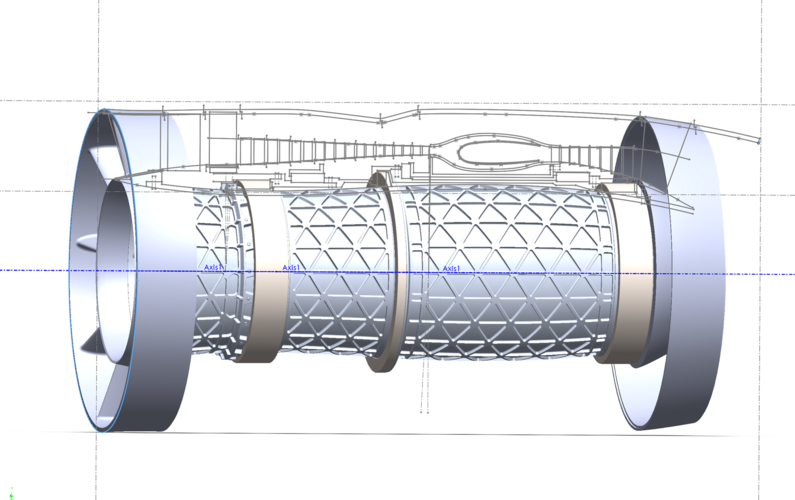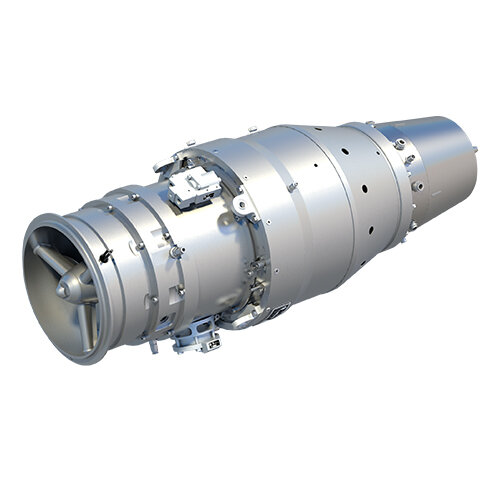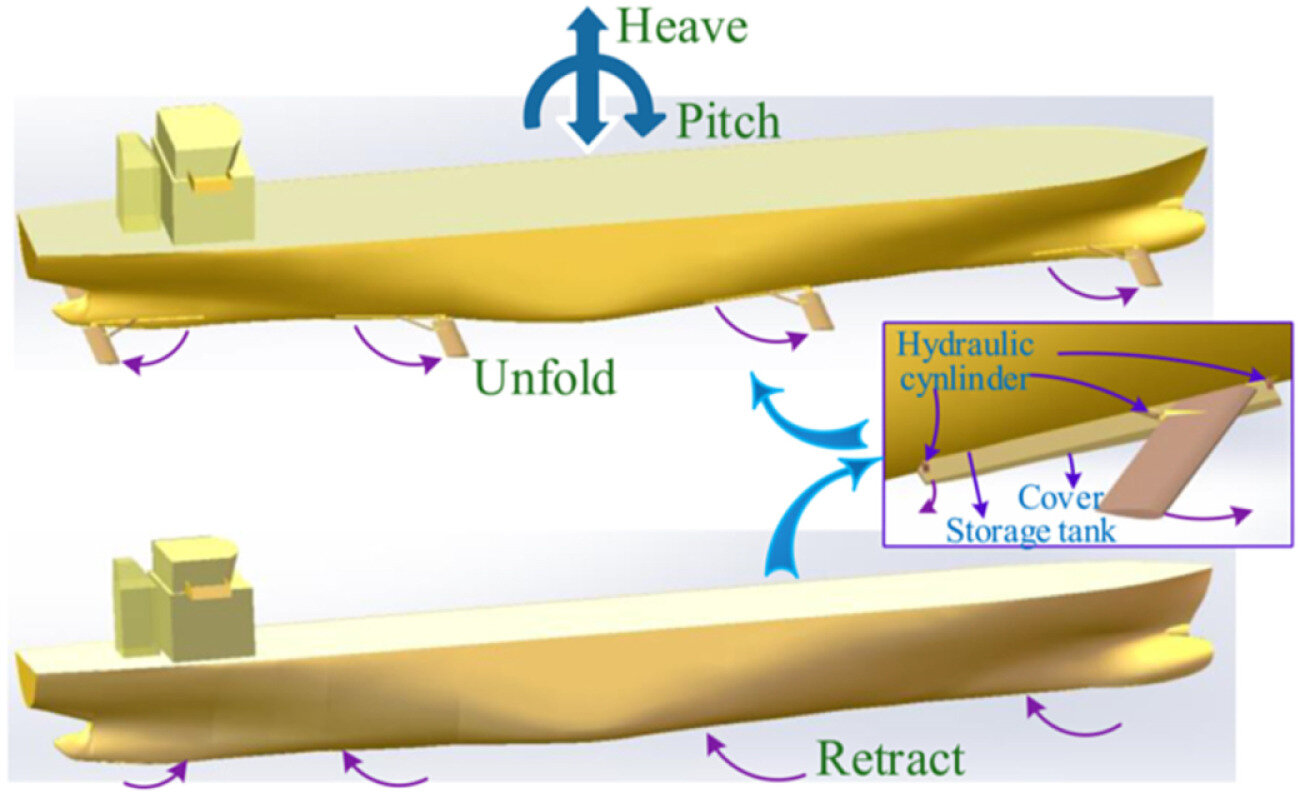Kind of like a WW1 rotary piston engine vs a radial piston engine, with the cylinders spinning vs the crankshaft. In a rotary, the pistons are describing a constant circle around the crank throw, so there are no inward and outward acceleration loads on the connecting rod.
The problem I see with this exoskeletal jet engine is that now you need OD rings to hold the spinning blades. While there are no tension loads on the blades (but there will be high aero & vibratory loads across the blade), that OD ring will have massive tension loads due to the centrifugal loading, and those loads go up with the square of the radius, much higher than a relatively small disk in the center of the engine. Feels like this is a doomed concept, with the solution of one issue causing significantly larger other problems.
What many people do not realize is that in the hot areas of a jet engine (aft end of the compressor and in the turbine), the conventionally designed disks with hot rims and cooled bores have the outer live rim (diameter where there is metal all the way around) in compression, even when spinning many thousands of RPM. The hot rim tries to expand, but fat cooled bore won't let it, resulting in higher rim compression forces than the tension forces caused by rotation of the disk and attached blades. While operating, these rim compression forces increase and decrease with changes in power setting, resulting in accumulating fatigue damage, but there is no tension to try to pull the rim apart. The biggest damage to the rim is caused by shutting the engine off, which results in the thin rim cooling off faster than the fat bore, which does put the rim in tension. Shutting the engine down can result in 10x the fatigue accumulation in these disks than just running the engine from Idle to full power and back.
Of course, there has been development work with metal matrix composites for the compressor disks where the very high strength MMC allows the elimination of the center bore material, greatly reducing weight. In these designs, which have not yet made it to production, the rim of the disk will be under varying tension stress at all power settings, except for engine shutdown.
 en.m.wikipedia.org
en.m.wikipedia.org



